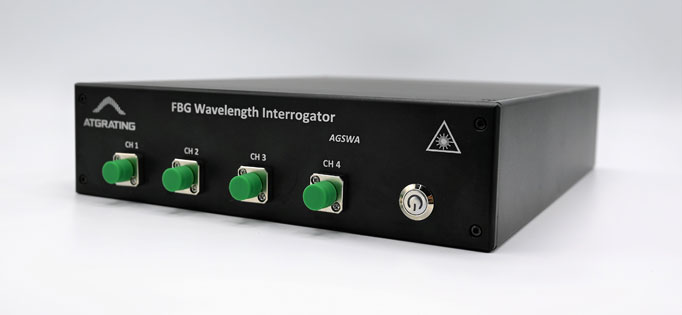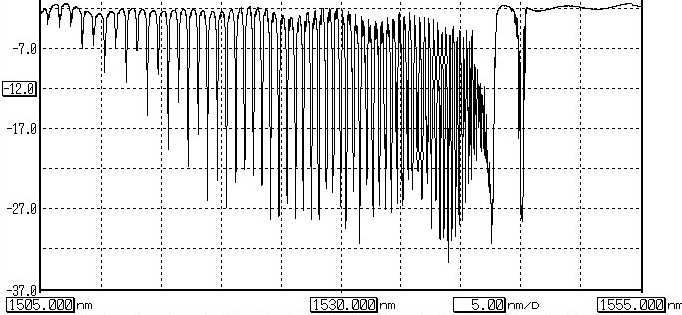Grating sensor refers to a sensor that uses the principle of grating overlapping fringes to measure displacement. Grating is a dense and equally spaced parallel scribe line on a long strip of optical glass, and the scribe line density is 10 ~ 100 lines/mm. Overlapping grating fringes formed by gratings have optical amplification effect and error averaging effect, so that the measurement accuracy can be improved.Grating sensor refers to a sensor that uses the principle of grating overlapping fringes to measure displacement. Grating is a dense and equally spaced parallel scribe line on a long strip of optical glass, and the scribe line density is 10 ~ 100 lines/mm. Overlapping grating fringes formed by gratings have optical amplification effect and error averaging effect, so that the measurement accuracy can be improved.
In 1978, K. O. Hill of Ottawa Communication Research Center, Canada and others first discovered the photosensitive effect of fiber in germanium doped quartz fiber, and made the world's first fiber grating by standing wave writing method. Subsequently, G·Meltz and others of the United Technology Research Center of the United States realized the UV laser side writing technology of fiber Bragg grating (FBG), which made a breakthrough in the fabrication technology of fiber Bragg grating. With the continuous improvement of fiber grating manufacturing technology, its application results are increasing day by day. The whole field of optical fiber communication, optical fiber sensing calculation and optical information processing will undergo revolutionary changes due to the practicality of fiber grating. Fiber grating technology is another major technological breakthrough after the relay erbium-doped fiber amplifier (EDFA) technology.Fiber grating is made by using the photosensitivity in optical fiber. The so-called photosensitivity in optical fiber refers to the characteristic that the refractive index of optical fiber will change correspondingly with the spatial distribution of light intensity when laser passes through doped optical fiber. The essence of the spatial phase grating formed in the fiber core is to form a narrow-band (transmission or reflection) filter or mirror in the fiber core. Using this characteristic, many optical fiber devices with unique performance can be manufactured, all of which have a series of excellent properties such as wide reflection bandwidth, small additional loss, small volume, easy coupling with optical fiber, compatibility with other optical devices, and no influence from environmental dust.
There are many kinds of fiber gratings, mainly divided into two categories: one is Bragg grating (also known as reflection or short period grating), the other is transmission grating (also known as long period grating). Fiber grating can be divided into periodic structure and aperiodic structure structurally, and can also be divided into filtering grating and dispersion compensation grating functionally. Among them, dispersion compensation grating is an aperiodic grating, also known as chirp grating. At present, the application of fiber grating is mainly concentrated in the field of optical fiber communication and optical fiber sensor.
In the field of optical fiber sensors, the application prospect of fiber grating sensors is very broad. Fiber Bragg grating sensor has the advantages of anti-electromagnetic interference, small size (the standard bare fiber is 125um), light weight, good temperature resistance (the upper limit of working temperature can reach 400℃ ~ 600℃), strong multiplexing ability, long transmission distance (the sensor can reach several kilometers to the demodulation end), corrosion resistance, high sensitivity, passive devices, easy deformation and so on. As early as 1988, it was successfully applied in aviation and aviation. At the same time, fiber grating sensors can also be used in various fields such as chemistry and medicine, material industry, water conservancy and electric power, ships, coal mines, etc., as well as in concrete components and structures in civil engineering fields (such as buildings, bridges, dams, pipelines, tunnels, containers, expressways, airport runways, etc.) to measure the structural integrity and internal strain state, so as to build smart structures and further realize intelligent buildings.

